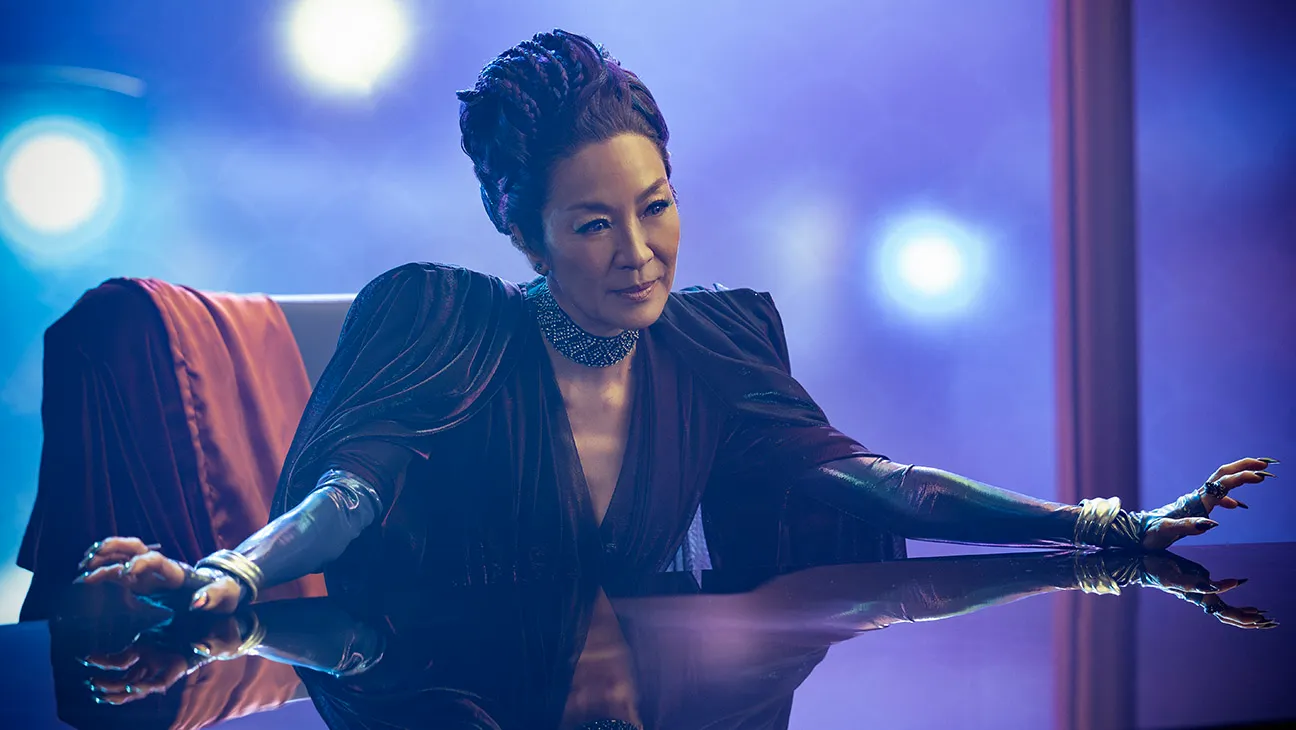In the director's most recent film, a father and daughter go to a pop concert as part of a scheme to apprehend a murderous serial murderer.
M. Night Shyamalan says the idea behind his most recent film is a straightforward one: "What if The Silence of the Lambs happened at a Taylor Swift concert?"
Though Trap delivers on one of those allusions better than the other, this is an original idea. Designed for Shyamalan's daughter Saleka, the singer, the movie is a concert film wrapped in a mediocre thriller kept afloat by Josh Hartnett's engaging performance.
Trap starts with Cooper (Hartnett), a dad-joke machine, and his daughter Riley (Ariel Donoghue) at a performance honoring musical sensation Lady Raven (Saleka Shyamalan). Hyperactive teenagers abound at the stadium; some are waiting outside to catch a peek of the singer walking out from her trailer while others are rehearsing one of Lady Raven's popular dance moves in the foyer.
Riley appears very eager. She has been having trouble with certain pals at school. She hurried her father across the parking lot they had parked, excitedly joins a group of girls dancing close to concessions, and wonders at the things for sale. If there were no police swarm around the arena and monitoring every door, this would be a normal musical scenario.
Jamie (a scene-stealing Jonathan Langdon) discovers Lady Raven's concert is a sting operation with the aid of an interesting product salesman. Serial killer The Butcher, whose victim count has hit double digits, is being sought by federal officials and local police. Cooper is more anxious as Jamie reveals the specifics of the business, including the secret code phrases staff members have to say in front of The Butcher. You may alos read this: Review of Something in the Water
Now is the moment to quit reading if you really find spoilers objectionable. (Just know that you ought to hang around for an interesting post-credits scene.) The first revelation is that Cooper is the desired man, as those who saw the teaser know.
Though they are more of the raised-eyebrow sort than the sharp-inhale-of-surprise variety, Shyamalan's Trap boasts more tricks than recent offerings like Knock at the Cabin. Trap turns into a tense game of cat and mouse when Cooper compiles the preliminary intelligence. The first part of the movie is accurate and fun. Shyamalan joyfully explores with off-kilter images and negative space working with renowned cinematographer Sayombhu Mukdeeprom to create the arena as a booby-trapped maze. The filmmaker guides us to chart our own escape paths, therefore grounding us in Cooper's point of view.
Cooper outwits the authorities for a while, and Hartnett is a major component of that for a little. His acting is deft, usually humorous and subdued in its changeability. He is first shown as a nervous parent, but later his specific actions—a hyper-attention to detail, a deliberate attempt to control his jaw muscles, the tenseness of his smile—show symptoms of a more sinister violence. One can see how Cooper's charm and humor make him a great suburban spouse to wife Rachel (Alison Pill) and father to their children as well as a famed killer as he slips into secret places chats with the arena personnel and plans a getaway. Hartnett deftly strikes a mix between Cooper's dual identity—he is a serial murderer whose satisfaction derives from dissecting his victims' bodies and a father attempting to give his daughter the world.

Shyamalan very certainly shares Cooper's later wish. Trap's first half captures the director's more intense curiosity. Saleka, the daughter of Shyamalan, created, produced, and recorded a whole album for the movie, giving Herdis Stefansdottir's soundtrack a sinister overlay. Saleka's songs abound in their whole, and much of the film's opening runs follow her cadre of backing dancers' motions or highlight her strutt across the stage in lavish costumes. These events also serve as a study of social media age star power. At some point we investigate the viral choreography and the community of dangerously passionate followers as well as the light of phones lifted in the air to capture events.
Trap finds it difficult to stay moving with so many distinct strands. Cooper's hunt blunts the stakes and a side mission with Lady Raven ends up not seeming as important as it should. Trap, although well directed, loses some of its edge at the conclusion of the second act and well into the third.

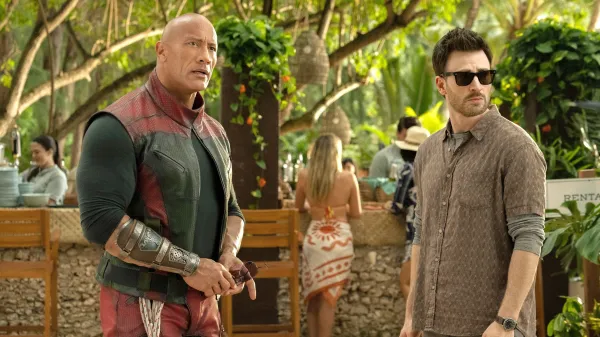
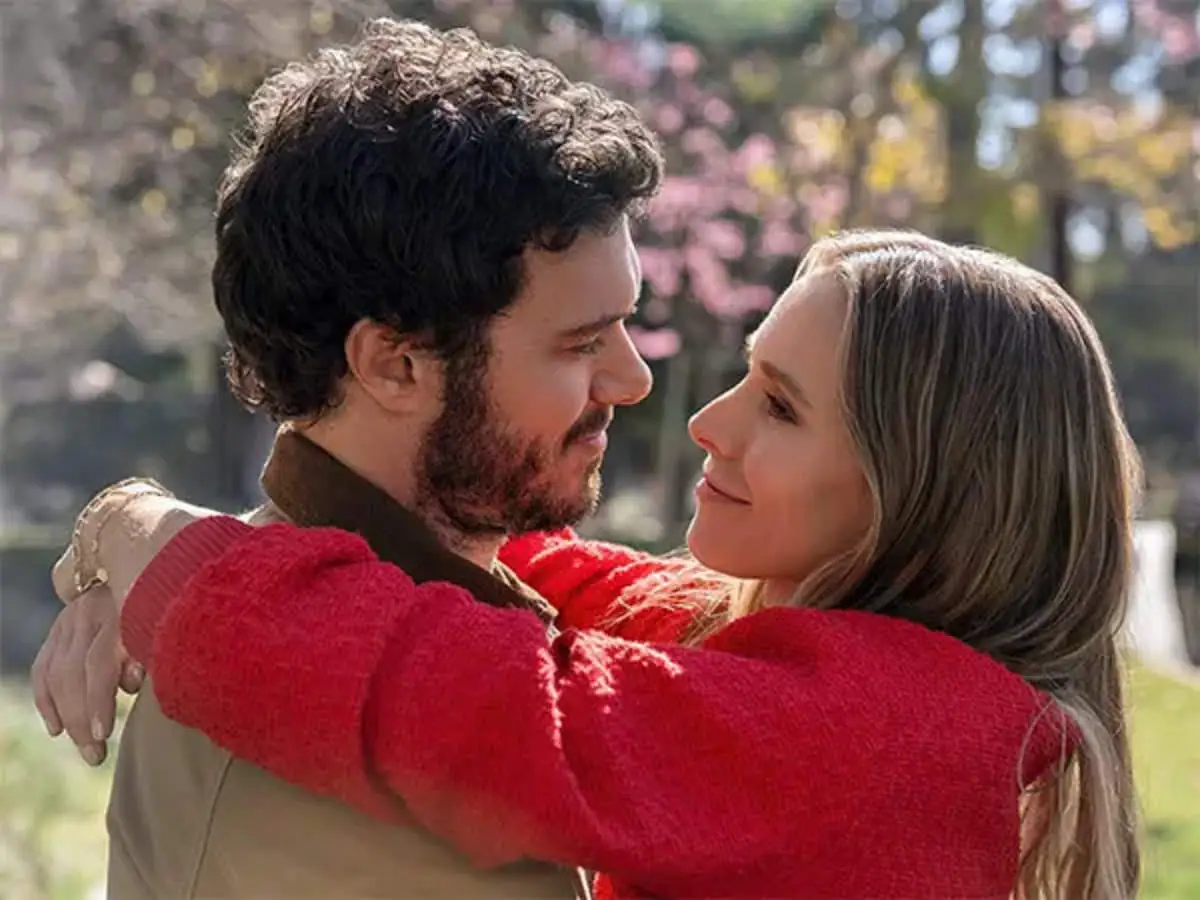
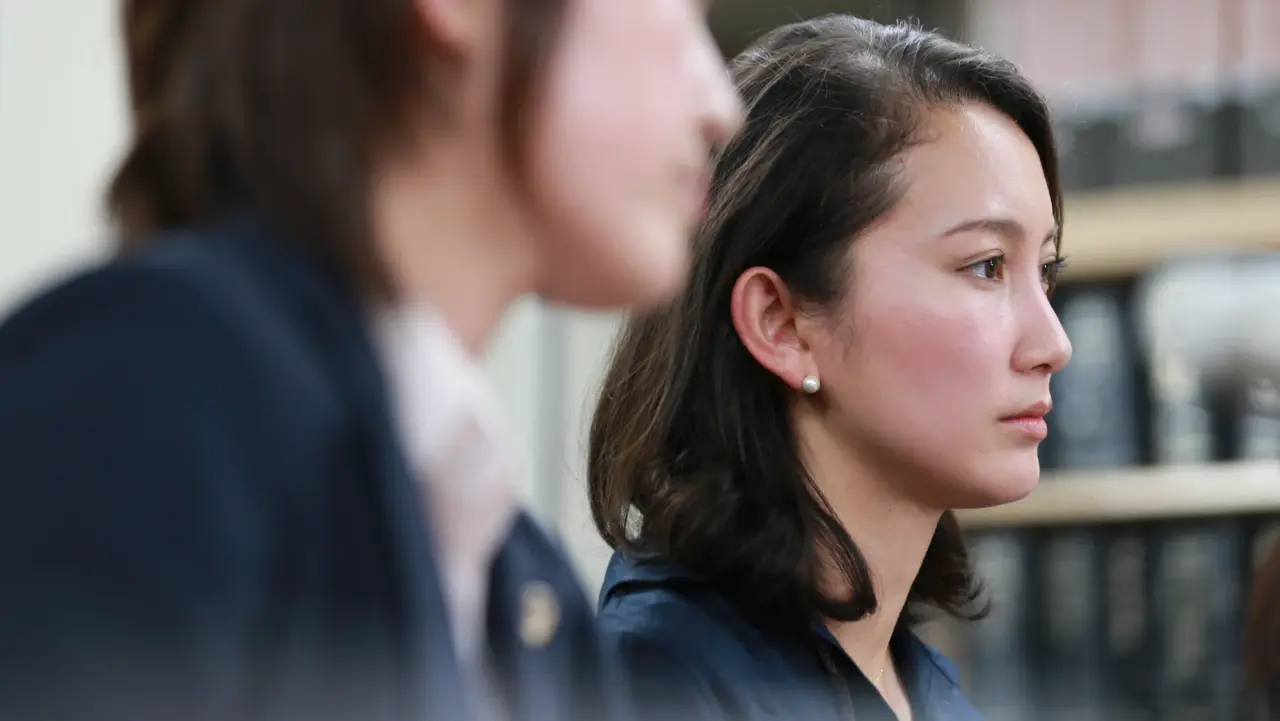
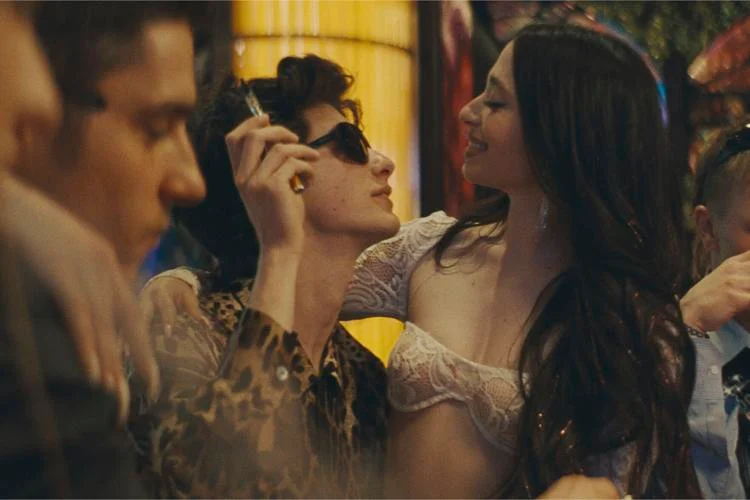

.webp)
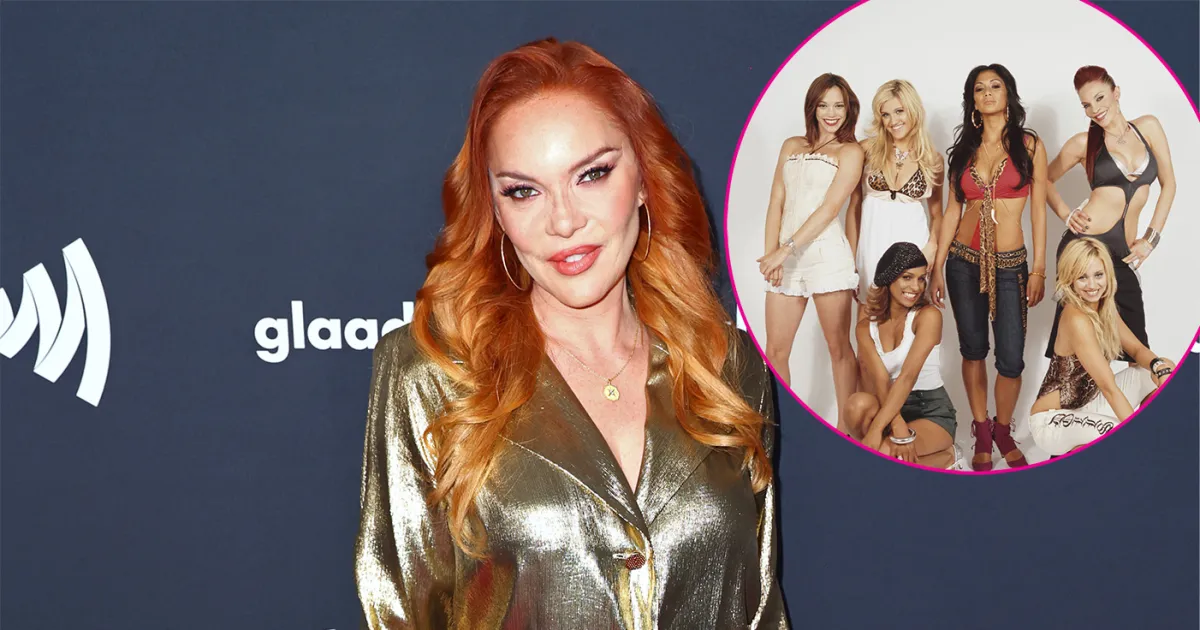
.jpg)


